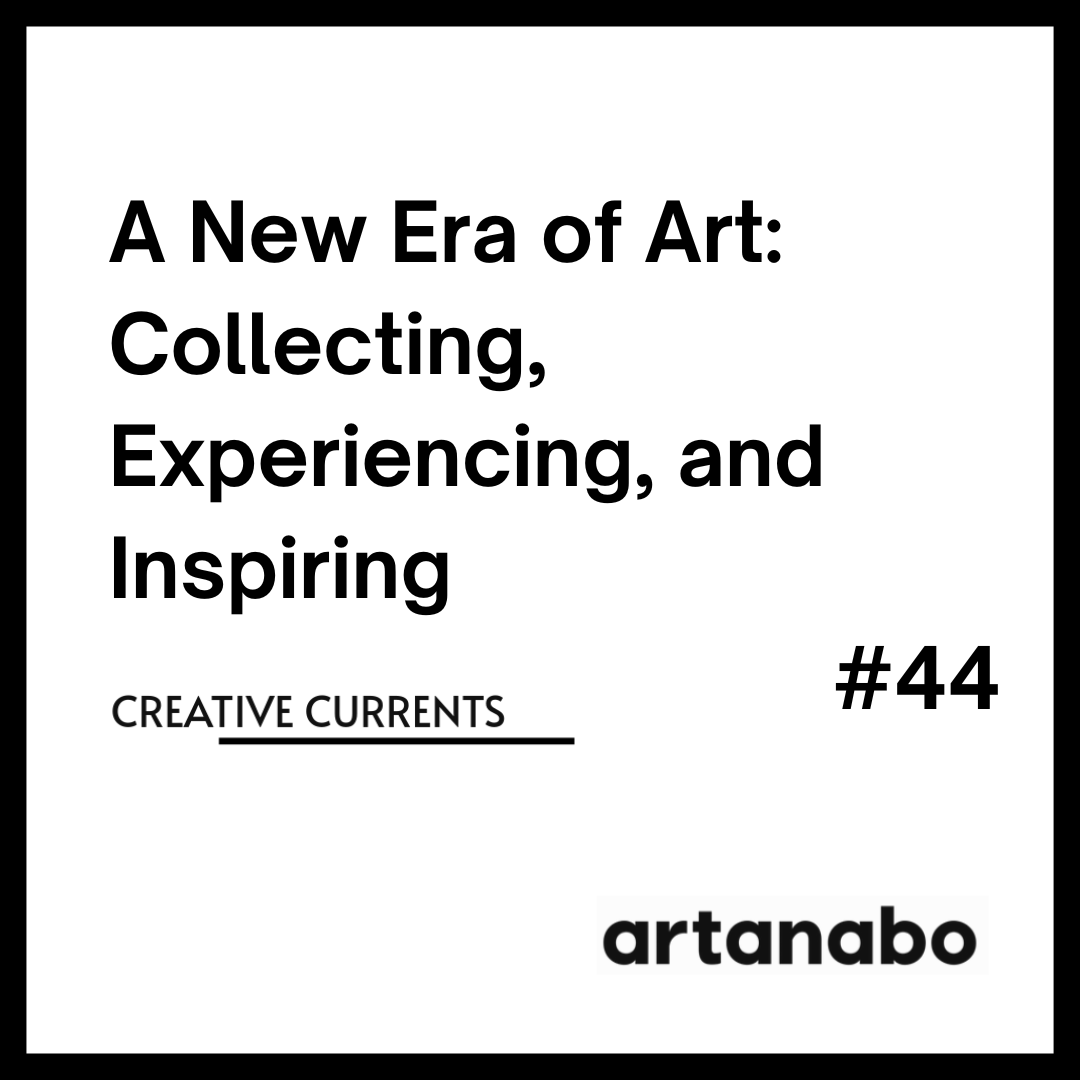Contemporary art has never been more dynamic, inclusive, and accessible than it is today. From innovative initiatives like “Luna Luna”, to the growing influence of young collectors like Sophia Cohen, and the integration of cutting-edge technologies, the art world is transforming into a space that goes beyond aesthetics to embrace social and educational dimensions. Let’s explore how these elements are shaping the present and future of art.
Art in Motion: “Luna Luna” Redefines Exhibitions
“Luna Luna,” a unique amusement park created in the 1980s, has made a spectacular return, this time in New York City. Featuring works by renowned artists such as Keith Haring, Jean-Michel Basquiat, and Roy Lichtenstein, the project blends classic amusement park attractions with contemporary art installations.
The modern edition of “Luna Luna” not only celebrates the creativity of legendary artists but also opens new doors for those who may have previously found art intimidating or inaccessible. By merging fun and creativity, the organizers demonstrate that art can be an engaging, inspiring, and inclusive experience for everyone—from children to seasoned collectors.
A New Generation of Collectors: Sophia Cohen Changes the Game
The art of collecting has undergone a transformation. Sophia Cohen, a young collector and the daughter of billionaire Steve Cohen, proves that today’s collectors are not just amassing works by established masters but are also championing young talents and building relationships with artists.
Sophia inspires other young people by showing that art isn’t merely a status symbol—it can be a tool for social change and a platform for dialogue. In the digital age, she leverages social media to promote emerging artists, while drawing attention to important issues such as equality, environmental sustainability, and human rights.
Technology and the Future of Art Collecting
The rapid advancement of technology is unlocking new possibilities for artists and collectors alike. NFTs (non-fungible tokens) and online platforms are revolutionizing how art is experienced and acquired. Artists now have direct access to their audiences, bypassing intermediaries, which increases market transparency and accessibility.
Projects like “Luna Luna” also embrace technology to offer interactive experiences. Through digital media, art becomes more democratic, breaking free from the confines of traditional museums and galleries.
Redefining Art: Accessibility and Collaboration
From projects like “Luna Luna” to visionary collectors like Sophia Cohen, and the rise of technological innovation, the contemporary art world is undergoing a profound transformation. The common thread in these changes is a focus on accessibility, collaboration, and interaction. Art is no longer confined to being an object of admiration; it is now a force that engages, educates, and inspires dialogue.
In conclusion, the world of contemporary art has evolved into a realm where tradition meets innovation, and creativity opens doors to new opportunities. Whether you are an artist, a collector, or simply an art enthusiast, one thing is clear—the future of art is bright, full of innovation, inspiration, and surprises.


